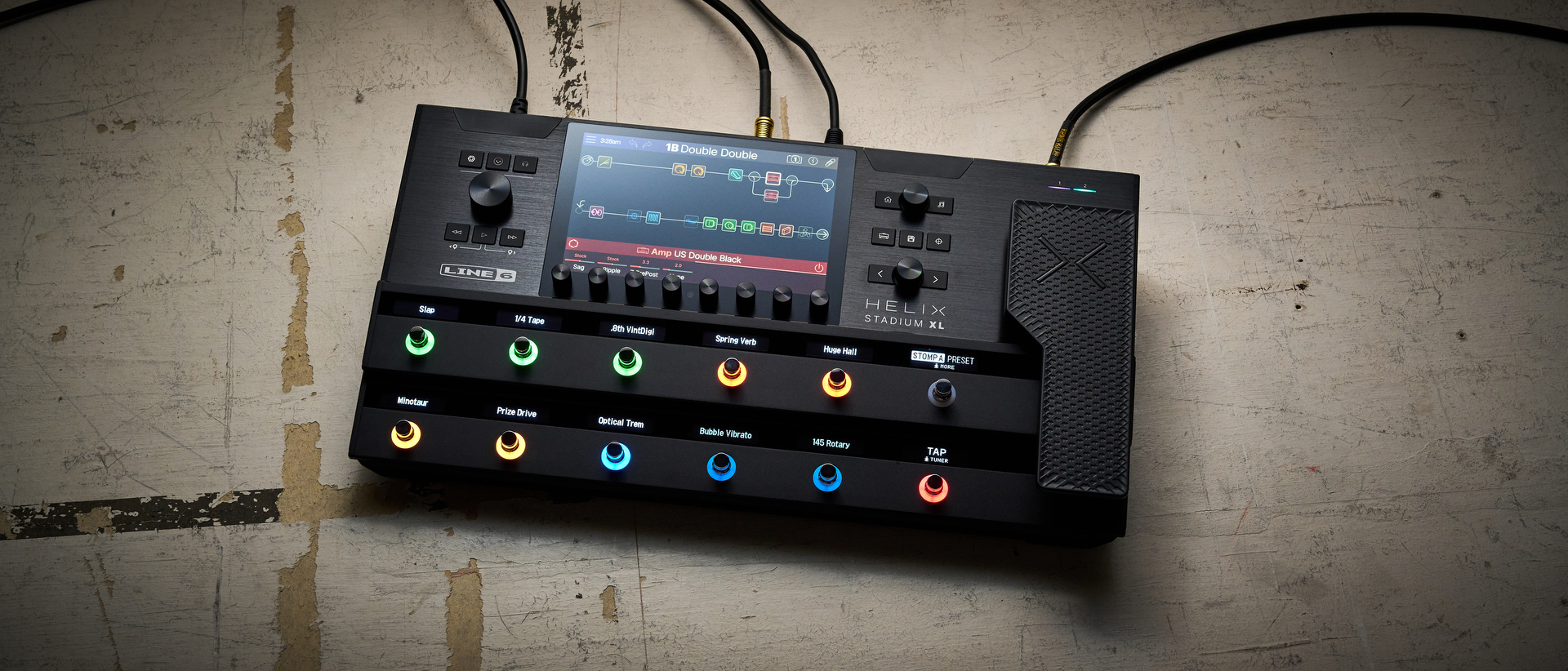Learn to supercharge your blues solos by seamlessly switching between major and minor pentatonic scales
All of the greatest blues and rock guitarists - such as T-Bone Walker, B.B. King, Albert King, Eric Clapton and Jimi Hendrix - routinely incorporated this technique into their solos
All of the greatest blues and rock guitarists - players such as T-Bone Walker, B.B. King, Albert King, Eric Clapton, Jimi Hendrix and Stevie Ray Vaughan - have routinely incorporated into their solos the seamless switching between parallel minor and major pentatonic scales, meaning those based on the same root note in a given key. This is especially useful when playing over a blues progression and switching from the I (one) chord to the IV (four) and back.
Why is this so? The reason is there are notes in each of these scales that directly relate to the underlying chord tones in a standard blues progression. In order to get a firm grip on this concept, it is essential to learn both of these scales in every key and fretboard position, which will enable you to understand the specific manner by which any scale tone relates to the chord over which it is played.
Let’s start with the common, guitar-friendly key of G and the parallel G minor and G major pentatonic scales. FIGURE 1 illustrates G minor pentatonic in 3rd position, consisting of the notes G Bb C D F (intervallically speaking, 1[root] b3 4 5 b7). FIGURE 2 depicts G major pentatonic in 2nd position, comprising the notes G A B D E, intervallically spelled 1 2 3 5 6.

Typically, when soloing in the key of G over the I (one) chord, G7, one can rely on melodic ideas based on G minor pentatonic, along the lines of the phrase shown in FIGURE 3. With an approach akin to that of Clapton, B.B. King, Mike Bloomfield, Jeff Beck and Johnny Winter, this phrase incorporates an abundance of pull-offs, hammer-ons, slides, bends and vibratos.
Then, when moving to the four chord, C7, we switch to G major pentatonic, as shown in FIGURE 4. This works well both melodically and harmonically because the sixth of G, E, which lives in G major pentatonic, is the major third of C - because of this, the E note offers a solid connection to the underlying C7 chord, as it is one of its chord tones (C7 = C E G Bb). However, if you take a look at the other three chord tones of C7 - C, G and Bb - you’ll notice that they are present in G minor pentatonic.
The standard 12-bar blues progression is known as a I - IV - V (one - four - five) because there are three chords used, based on those intervals. In the key of G, G is the one, C is the four and D is the five, because they’re the first, fourth and fifth degrees of the G major scale, respectively. FIGURE 5 illustrates G7, C7 and D7. FIGURE 6 offers another G minor pentatonic phrase over G7, followed in FIGURE 7 by the shift to the parallel G major pentatonic scale over C7.
One can anticipate, or foreshadow, the switch from one chord to the next by crafting phrases that set up the imminent chord change. For example, in FIGURE 8, I play G minor pentatonic over C7, as that provides a smooth transition back to G7.
All the latest guitar news, interviews, lessons, reviews, deals and more, direct to your inbox!
Guitar World Associate Editor Andy Aledort is recognized worldwide for his vast contributions to guitar instruction, via his many best-selling instructional DVDs, transcription books and online lessons. Contact Andy at andyaledort.com.
Guitar World Associate Editor Andy Aledort is recognized worldwide for his vast contributions to guitar instruction, via his many best-selling instructional DVDs, transcription books and online lessons. Andy is a regular contributor to Guitar World and Truefire, and has toured with Dickey Betts of the Allman Brothers, as well as participating in several Jimi Hendrix Tribute Tours.

